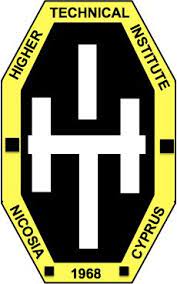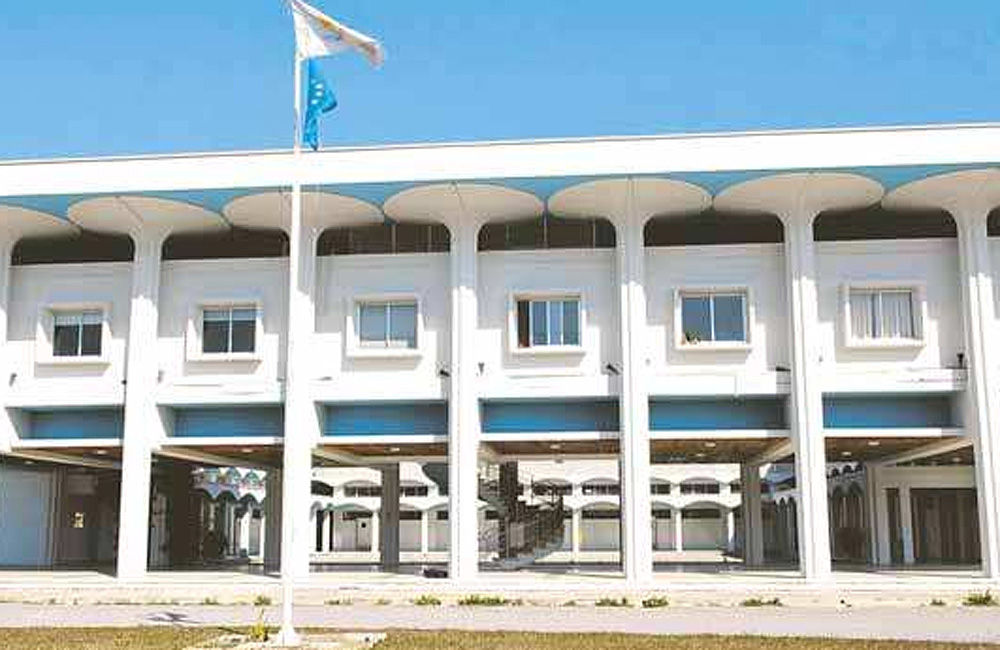Design of cold stores for the preservation of meat
- Τίτλος
- Design of cold stores for the preservation of meat
- Θέμα
- Cold storage
- Meat--Preservation
- Δημιουργός
-
Gregoriades, Michael
- Πηγή
- Higher Technical Institute
- Το πλήρες κείμενο είναι διαθέσιμο από το Υπουργείο Ενέργειας, Εμπορίου Βιομηχανίας και Τουρισμού
- Εκδότης
- Library of Cyprus University of Technology
- Ημερομηνία
- 1989
- Συνεισφέρων
- Michaelides, I.
- Δικαιώματα
- Απαγορεύεται η δημοσίευση ή αναπαραγωγή, ηλεκτρονική ή άλλη χωρίς τη γραπτή συγκατάθεση του δημιουργού και κάτοχου των πνευματικών δικαιωμάτων.
- Μορφή
- Γλώσσα
- en
- Τύπος
- text
- Αναγνωριστικό
-
MED0064
- Σύνοψη
-
It is widely believed that today's refrigerator systems and plants can adequately serve the needs for the cold of perishable foods. Most important aspect storage of the development of the year-round refrigeration is the ability to drop temperature to -20oC and below, conditions necessary for long storage of the extremely perishable product, such as meat and to be more precise beef whose storage is the main objective of this project.
Taking a trip back to the future it can be seen that things were not as convenience as today.
For five thousand years man's forefathers found snow and ice useful as a preservative of perishable foods, inevitably leading to diminishing of the tonnage or preserved food during the hot weather seasons. With the exception, of course the races living in cold climates or near natural ice warehouses, who could enjoy year-round cold storage food.
Prior to World War II most cold storage spare consisted of coolers at above freezing temperatures and very little for the freezing of products. The larger commercial storage plants were devoted to storage of eggs, apples and other cooler-held products implying temperature of 0C and above with small offer to storage of fish, meat, ice-cream and butter.
The arriving of World War II saw a tremendous upswing in the demand for both coolers and freezers space since government erected many storage plants for military use. Many cooler rooms where converted into freezer spaces by addition or diversion of the existing compressor equipment.
After the war was ended a boom in cold storage space was experienced with erection a large long single story structures designed for polletized operation with forklifts to speed handling and to permit economical use of space.
Not many years ago, there was very little choice in the selection of a refrigeration system for the small and intermediate sized plant. Ammonia was used as a refrigerant, with water cooled condensers and evaporator consisted of pipe coils with direct expansion ammonia or used brive in the coils chilled by the ammonia plant. Ammonia machines were made in very small sizes to take care of small loads as encountered in butter shops. Control was more or less rudimentary and not too reliable. Ice cream were iced down with a mixture of ice and salt, whereas grocery and drag store boxes used ice as a refrigerant. Only when later on, ammonia was substituted with methyl chloride, sulphur dioxide and more later on with freon gas, solve many problems as well as eliminating cooling powers
and permitting air-cooled contensers.
Furthermore, errors were made mainly due to inexperience in the field of rooms conditions. Early blower coils, were selected on the basis of 8.3 C or more temperature difference between room air temperature and refrigerant temperature. With forced air circulation over the blower coils, humidities were quite low causing excessive dehydration of stored products. It was the belief of many that any air circulation in cold a cold room was bad and would cause desiccation of the product.
It was later, around 1950, recognised that dehydration was caused by the excess removal of moisture from air due to high temperature difference between room air and refrigerant being reduced to 5.50 C for rooms relative humidity levels of around 80%.
- Πολυμέσα
-
 MED 0064.pdf
MED 0064.pdf
Τμήμα του Design of cold stores for the preservation of meat


